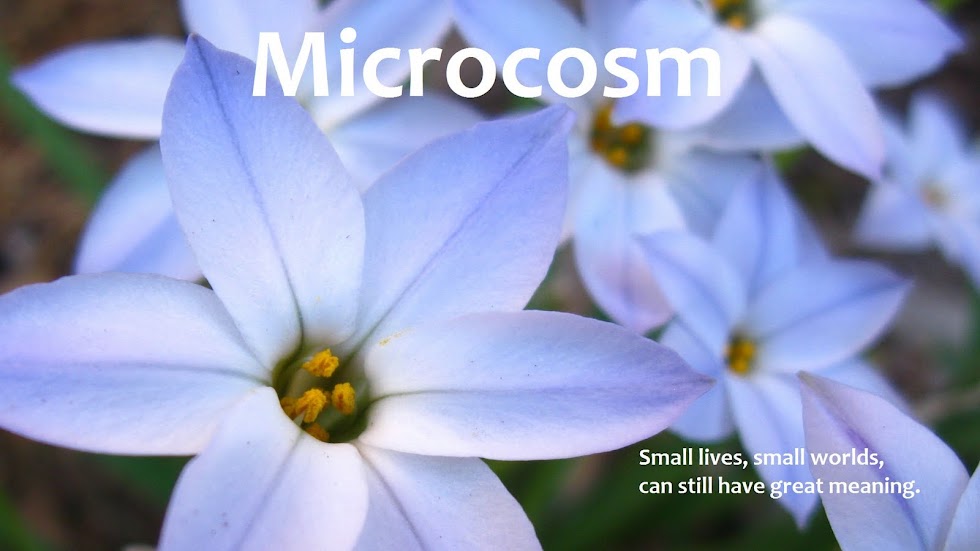Or gleaning: making use of what others have left behind. As a child I once read a Christmas story in which a family goes into the woods to cut a tree for the holiday. When they get it home they realize that it's too tall to fit in their house, so they chop off the top and discard it outside in the snow. A family of bears wanders by, finds the tree top, and is overjoyed, because it will make a perfect Christmas tree. They take it back to their cave, but once there they find that it's too tall. They cut off the top and throw it out into the snow, where it's found by a badger. And so the story continues, with smaller and smaller animals finding the tree top, taking it home, and cutting off the top again until just a tiny piece is left to be found by some mice. That little tip is just the right size to be a Christmas tree in their little mouse-hole, and there the story ends.
 |
| 'Kerala Red' amaranth, 'Blackie' sweet potato vine, and a lonely carrot |
I've been reminded of that story this week as I've been moseying around the garden, stopping at one sand cherry bush or another to see if the fruit has ripened, picking a handful of cherries to eat, tossing the pits idly away. The recent heat has been hard on many of the plants, but others, like the cherries, have really begun to come into their own. The warm season grasses are stretching luxuriously, and the vegetables in the micro-garden have put on a spurt of growth and bloom. The sweet potato vine is suddenly a vine and not a collection of sad leaves; the tomatillos are a good six inches taller than they were last week. The amaranth, heat-lover that it is, has exploded into blossom and begun to set seed.
These are amaranth plants that self-seeded last year, so they had an early start in the spring. I'm glad to see them going to seed this soon; they've been useful to the birds. I've been filling the finch feeders less assiduously this year—enough that the Lesser Goldfinches keep me on their route and stop in now and then, but not so much that they come to rely on the feeders like they did last year, or to expect valet parking. They've been browsing a little more around the rest of the garden, and have lighted with particular enthusiasm on the amaranth. Each inflorescence produces hundreds of tiny seeds, and as the birds grab at the flower spikes, many of the seeds scatter on the patio in front of the raised garden.
 |
| 'Orange Giant' and 'Kerala Red' amaranth |
Those seeds have been a windfall for the large ants, who swarm around them, gather them up and hurry back to their nest in the big urn of agastache. They have have also been a windfall for the small ants, which come along later to glean whatever the bigger ones have left behind; they carry these odds and ends back to their own nests beneath the pavers in the path. It's as if the food chain is operating in reverse, with the larger animals providing food for the smaller ones; it's certainly an example of nature's efficiency at work, letting nothing go to waste. In any case, the ants are keeping the patio nice and tidy.
I was enjoying watching this process of gathering and salvaging among ever-smaller forms of life when I was startled by a sight that made me laugh: a stream of sand cherry pits proceeding up the side of the urn, the large ants working in pairs to haul them into their nest. There really is no such thing as garbage in a garden, so I may as well stop feeling lazy for tossing the pits back into the garden when I snack instead of throwing them properly away. I'm glad to know that, even without the finch feeders, and however accidentally, I'm still doing my share to feed the wildlife.
I wonder if the ants don't have the tiny tip of a Christmas tree somewhere inside that urn.














